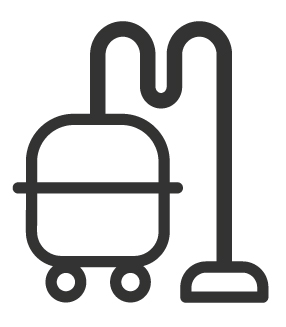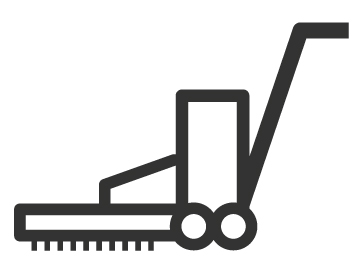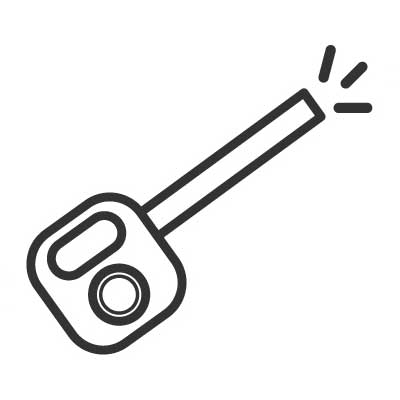Generally, when we are cleaning, we look to have everything looking spotless and smelling good. But what about the germs and bacteria we cannot see?
Cross contamination during the cleaning process is one of the largest concerns within the cleaning and hygiene industry today.
You wouldn’t like to know that the same mop was being used on the washroom floors as the kitchen floor?
To prevent cross contamination the British Institute of Cleaning Science (BICSc) developed a simple and effective Colour Coded system. Ideally all cleaning equipment should be colour coded for its different areas of use. This system helps segregate cleaning tasks to ensure that hygiene levels are maintained.
Within the healthcare industry the colour coded system is already part of their cleaning procedures. This is vital practise to prevent any Healthcare Associated Infections. Hospital Cleaning
If your company is COSHH certified, using the colour code system is considered as general practise – especially when cleaning in commercial spaces.
LVC have a variety of machines that have colour codes brushes and pads.
Equipment that should be colour coded:
- Mop Buckets
- Mop Heads
- Cleaning Cloths
- Machine Scrubber Pads and Brushes
- Dustpans and Brushes
How to successfully implement the Colour Coded system into your workplace:
- Invest in the Colour Codes Products – speak to your cleaning machine providers who will provide you will all the knowledge of the colour coded cleaning accessories.
- Have the colour code chart displayed in all your cleaning storerooms and offices.
- It is vital the system forms part of any employee induction and training plan.
- Should your business carry out regular toolbox talks, ensure the system in covered during the talk/training
- Keep the system simple and easy to understand for all
- Monitor the system and equipment on a regular basis
Cleaning Machines that use colour coded accessories:
From speaking with some of the leading manufacturers in the industry, this is an area where innovative technology may see this issue to be a thing of the past. More information to follow in 2019…










